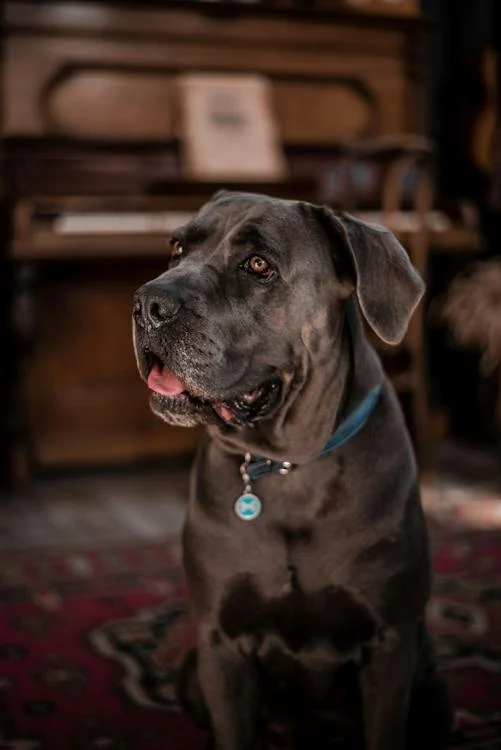Dogs are man’s best friend. They could also be our outdoor companion, service dogs, as well as guardians. There are many situations where people use dogs to guard their homes and even farms. Furthermore, the most ideal for the job are large dogs.
There are many big-sized breeds around the globe, and each has its unique characteristics. However, despite the differences between each dog, it is evident that these large breeds are built for power. One dog that fits this description is the Cane Corso. This dog is not just massive; it also showcases a muscular and elegant physique that would surely capture the hearts of dog lovers. It is a perfect combination of strength, toughness, intelligence, and confidence, which is why this dog is ideal for guarding homes, as well as other physical activities.
Origins of the Cane Corso
The Cane Corso is an old breed, which we can trace back to hundreds of years ago. It originated from the mollosus dogs from ancient Greek, which were large guard dogs. These mastiff-type dogs were a significant breed at the time and played an essential role in guarding places. Years later, however, the mollosers were brought to Italy during the reign of the Roman Empire. This event marked the start of breeding the mollosers into a native Italian breed.
The cross-breeding of the mollosers produced various breeds, including the Neapolitan Mastiff and the ancestor of the Cane Corso. Both breeds proved to be massive, but the Neapolitan Mastiff is relatively larger. However, records show that the original Cane Corso was larger compared to its modern version. That is why the Cane Corso was used in the military, wherein flaming oil is strapped on their backs as they charge enemy lines.
However, the military work of the Cane Corso ended in the 5th century. During this time, the Cane Corso was unemployed, causing it to adapt to different areas of work, such as hunting, farming, as well as guarding. It led to the start of the Corso’s long term career as a guard dog. But a sudden turn of events made a huge impact on the existence of the Cane Corso. Economic, political, and many other factors contributed to the drastic decline in the Corso’s population; wherein it continued to drop until it reached the brink of extinction in the mid 20th century.
Thankfully, specimens of the Cane Corso survived the horrific event. Years later, dog breeders took an interest in reviving the breed and restored it to its former glory. The group succeeded in reviving the Corso and saw a tremendous increase in its population.
Characteristics of the Cane Corso
Height: 23 – 27.5 inches
Weight: Proportionate to height
Life Expectancy: 9 – 12 years
Hypoallergenic: No
As mentioned earlier, the Cane Corso is a large breed that could stand up to more than twenty-seven inches tall and weighs proportionately to its height. Similar to other mastiff-types, the Corso has a large head and muscular body, which gives it a very intimidating appearance. Just seeing this dog would surely keep intruders at bay, making it an excellent guard dog. Aside from its strong physique, the Cane Corso showcases an elegant and sleek appearance. Its looks show a clear definition of a noble guardian.
Moreover, despite its highly intimidating appearance, the Corso is remarkably devoted and loyal to its family. Furthermore, it is also intelligent, confident, and trainable, which is a perfect package if you are looking for an all-around guard dog. Because of its intelligence and strong will, it is best to provide regular training, especially when young. When done correctly, the Cane Corso would grow up to be an incredibly efficient and lovable guard dog.
Caring for the Cane Corso
The Cane Corso is a large dog that works best with high-quality dog food. Like other breeds, it also eats homemade meals that have the approval of your local vet. Furthermore, the Cane Corso is an active dog, and regular training is highly recommended. Treats could significantly help in training the Cane Corso; however, be mindful of the quantity you feed them to avoid bloatedness. The same thing goes with its dog meals. Always be cautious of the amount to feed your dog to avoid obesity, as well as other medical problems.

